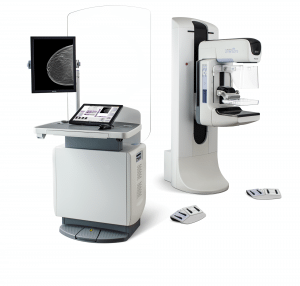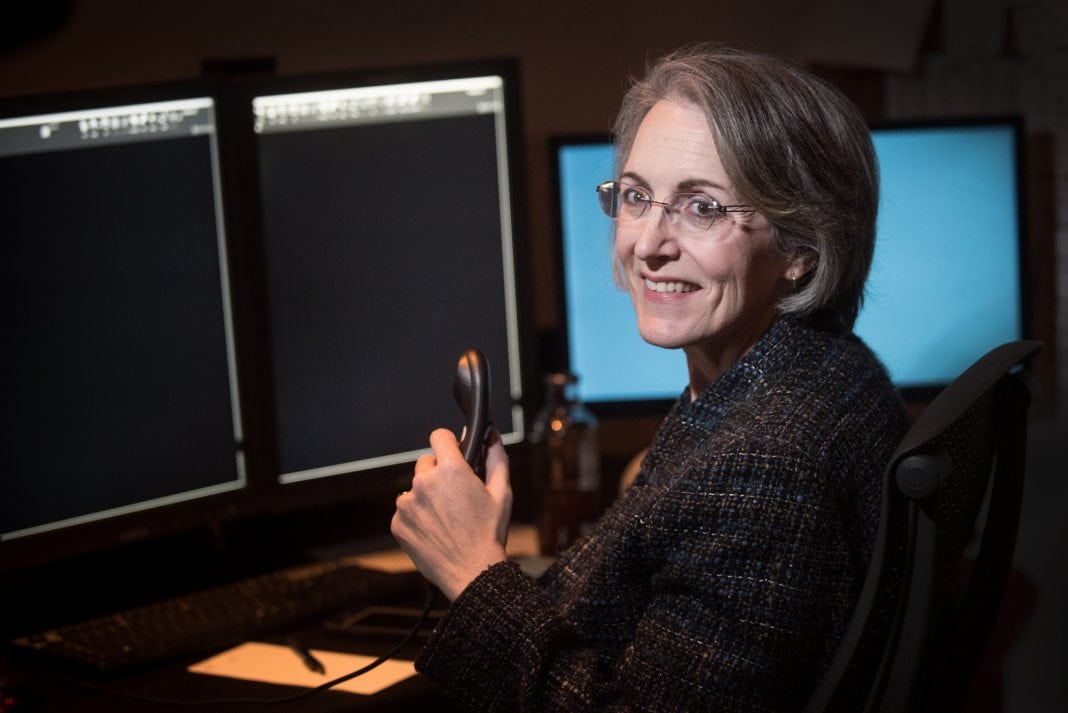Receiving a breast cancer diagnosis can be a shock not only to the patient, but to an entire family. To help provide reassurance and support to women and their families, Diagnostic Imaging Northwest (DINW) – an Alliance of TRA Medical Imaging and MultiCare Health System – has launched a new program called Pathways to Care.
“Pathways to Care allows us to have a face-to-face conversation with our patients about a positive breast cancer diagnosis,” explains Jennifer Witte, the Nurse Practitioner with DINW who leads Pathways to Care. “We talk through what the diagnosis really means for them and I explain what their treatment might look like so they have an idea what to expect. My goal is to provide support when they receive their diagnosis, answers to their questions, and guidance on the next steps in care.”

Witte says, previously, patients would receive a call from the radiologist or their provider with the diagnosis. The next steps in care would be laid on their shoulders – meeting with their general physician, scheduling an appointment with a breast surgeon and doing all the appropriate research. With the Pathways to Care program, Witte handles almost everything. Patients leave their time with Jennifer having a clear path to the next step in care.
Jennifer will meet with patients for upward of an hour. This gives her time to talk to the patient about the diagnosis. She is able to provide appropriate emotional support, educate patients about the disease and what course of treatment they can expect.
“I get them coordinated with the next steps in care, which is typically an appointment with the breast surgeon. That allows them to think about their own personal next steps as opposed to ‘I have this next appointment to go to.”
In addition to this consultative service, DINW has also implemented a high-tech touch in the detection of breast cancer. The center uses 3D imaging technology. The procedure is called digital breast tomosynthesis. Experts say this technology reduces stress, reduces costs and – most importantly – saves patients’ lives.

“Mammography has continued to improve over the years,” explains Dr. Alison Reinbold, radiologist subspecialized in women’s imaging at DINW. “Years ago, we were using just plain radiographs, and then we became digital. Now, we have 3D mammography which is the state-of-the-art technology in breast imaging.”
When it comes to detecting breast cancer in patients, radiologists using 3D mammography are now able to see around certain dense breast tissues. “It’s kind of like looking at pages in a book,” Reinbold explains. “Instead of looking at flattened images, we can turn the pages and walk through dense breasts to better visualize the tissue.”
Reinbold adds, “This reduces the risk for false positives and reduces the need for patients to be re-examined, and we can also find the potential cancerous masses before they become large enough to be detected by a self-exam. In a traditional mammography exam, those masses could be obscured when compressed into a single 2D image.”
On June 7, 2018, a law went into effect in Washington State requiring all health insurance companies to cover 3D mammography for patients living in the state.

“In the past, we used to have to wait for masses to get bigger to actually identify them. Now, we can pick them up when they’re much smaller and we’re having less of an issue with separation of tissue. That is to say, our view is not as obscured anymore.” Beating cancer and saving lives are Dr. Reinbold’s driving force and passion.
All of our DINW sites have 3D imaging and are accredited by the American College of Radiology (ACR) as Breast Imaging Centers of Excellence (BICOE). Sites include: Bonney Lake, Puyallup and Sunrise. Now, armed with technology that is improving outcomes through earlier detection and with the addition of Pathways to Care program, patients and their families will receive care, compassion and guidance. The radiologists at Diagnostic Imaging Northwest are proud to serve the women in their communities.
Sponsored













































